The thermal printer is an alternative to inkjet and laser printers and has a significant place in application niches for which it is especially well suited.
Thermal printers use two basic approaches: direct thermal printing and thermal transfer printing. Both begin with the controlled heating of a row of tiny heating elements to activate or transfer pigments.
Direct thermal printers use chemically treated paper that darkens when heated by the thermal print head and do not use separate ink, toner, or ribbon supplies. This type of thermal printer is very widely used to print items such as receipts and shipping labels.
The print head assembly (Figure 1) is in direct contact with the surface of the printing material (paper), such as a label, ticket, or receipt. The specially coated printing paper reacts to the heat of the printer elements and changes color to black where the heated dots touch the paper. The resolution is typically about 100 dots per inch (dpi).

It is important to emphasize that no separate ink or toner is needed for this process. As a result, paper and ink “maintenance” costs (refill or replace) for direct thermal printers are low compared to other types of printers, as the only thing that needs to be replaced in use is the roll of paper when it runs out; no one has to add ink, toner, or a new cartridge. This is a very practical significant advantage in many settings, such as retail stores. Due to their simpler, ribbon-free mechanics, the direct thermal printers are more compact, so most mobile printers use direct thermal technology.
Two issues may be drawbacks to the direct thermal-printing technology. First, the image (which can be dots forming text and graphics) is prone to fading over time, especially if exposed to sunlight or heat. Second, it can only print in one color since the printing material (usually a paper roll) determines the color. (While specialized versions can print in two colors, they are much more complicated, and the results are mediocre.)
As a result, direct thermal printing is not the preferred choice for long-term use, but it may offer a sufficient lifetime for many applications. In general, direct thermal is best for applications that require a label that needs to last less than six months, such as shipping labels, receipts, tickets, and labels for perishable goods.
The software directing the image printing does so pixel by pixel using ESC/POS, which is a native command language of thermal printers. ESC/POS was developed by EPSON and is used by many other printer manufacturers on their POS printer units.
Despite the limitations of direct thermal printing, it has strong virtues: lack of need for a ribbon, cartridge, or another ink source; ease of operation; and few components to fail. Although the treated thermally sensitive paper is more costly than plain paper, the upfront cost ($200 to $300 for a small unit) and ongoing costs are low. This paper is usually large rolls with a standard width of 40 or 80 mm. Rolls are also available with removable mailing or bar-code labels; these are especially useful for printing out just one or a few such labels on demand. These printers are small, easy to fit in, quiet, reliable, and low power (Figure 2); units are also available as portable and battery-powered. Interfaces support USB, Ethernet, and even Wi-Fi connectivity.
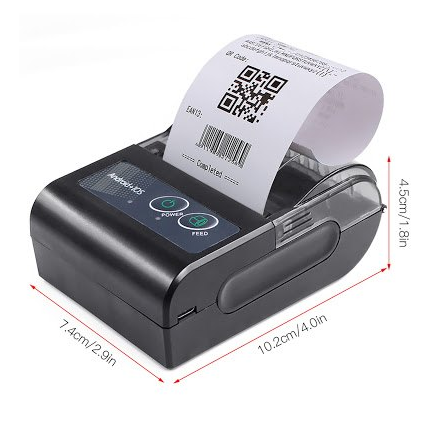
The next part looks at a more sophisticated, more complex alternative to the direct thermal approach: the thermal transfer printer.
Related EE World Articles
Barcode Printers and Scanners Make Serialization Flexible and Efficient
Portable Wire-Marking, Barcode, And General-Identification Printer
Panel-Mount Printer Unit Reduces Integration Time And Cost
Fujitsu’s New POS Printer is Ultra-Compact and Cost-Efficient
References
- Global Market Insights Inc., “Thermal Printing Market Size”
- Future Market Insights, “Thermal Printing Market”
- Graphics Products, “Thermal Printers vs. Inkjet Printers: Which Printer Should You Choose?”
- Wikipedia, “Thermal printing”
- S. Patent 3,496,333, “Thermal Printer”
- CDW, “How Does a Thermal Printer Work?”
- How-To Geek, “Printing Without Ink or Toner? How Thermal Printers Work”
- VentureBeat, “Best Thermal printer 2021 – 7 Thermal printers Reviews”
- Brother Mobile Solutions, “Direct Thermal vs. Thermal Transfer – Which Print Technology Works Best?”
- Peak Technologies, “What is Thermal Transfer Printing?”
- Science Direct, “Thermal Printers”
- Xerox, “VersaLink® C500”
- Xerox, “PHASER 850 Color Printer”
- Texas Instruments, “POS Printers”
- Cypress Semiconductor Corp., “Developing highly-integrated thermal printer-based applications”
- Circuit Digest (India), “Thermal Printer interfacing with PIC16F877A”
- Visuality (Poland), “Thermal Printer Protocols for Image and Text”

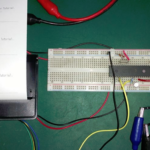
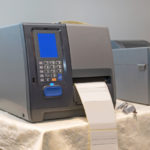
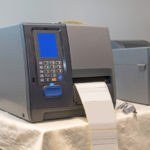
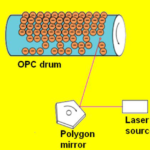

Leave a Reply
You must be logged in to post a comment.